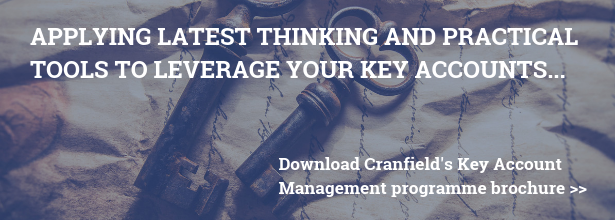/KAMBP/Managing%20the%20Key%20Account%20Portfolio%20blog%20Image19.jpg?width=615&name=Managing%20the%20Key%20Account%20Portfolio%20blog%20Image19.jpg)
The careful selection and categorisation of key customers is a critical success factor when implementing key account management (KAM). Many organisations make some fundamental mistakes when deciding who their key accounts are.
Firstly, they often take the top 30 biggest accounts by volume or turnover as their key accounts.
Secondly, they may have far too many customers they are treating as key accounts.
Thirdly, they may also give each key account manager far too many key accounts to manage, so that they simply can’t do their role effectively.
Fourthly, they ask the salespeople or key account managers who should be the key accounts.
Finally, another example of poor selection is basing the decision on purely historical data rather than on future customer lifetime value.
But why is the careful selection and categorisation of key customers so critical?
There are a number of reasons:
- To identify the real key customers taking a future focus
- To allocate the right resources to the key accounts
- To differentiate between key accounts e.g. some will be more strategically important than others
- To allocate the right key account managers
- To develop the right strategies for different key accounts
- To plan the future key account portfolio and what it will look like
Organisations who do not invest time in the processes of selection and categorisation generally fail to maximise their investment in KAM.
Our work in this area is critical to achieving successful key account management programs for organisations looking to succeed at managing key account customers. For the past twenty years, Cranfield has pioneered the development of Key Account Management research in Europe. Working with world leading businesses to adopt new frameworks to fully leverage key relationships and strategies. This new frontier knowledge is continually integrated into our Key Account Management Programme
Blog produced by:
Dr. Sue Holt, visiting academic and programme director on Cranfield School of Management's Key Account Management Best Practice programme. Also facilitates on the KAM Best Practice Research Club.


/KAMBP/Managing%20the%20Key%20Account%20Portfolio%20blog%20Image19.jpg)

